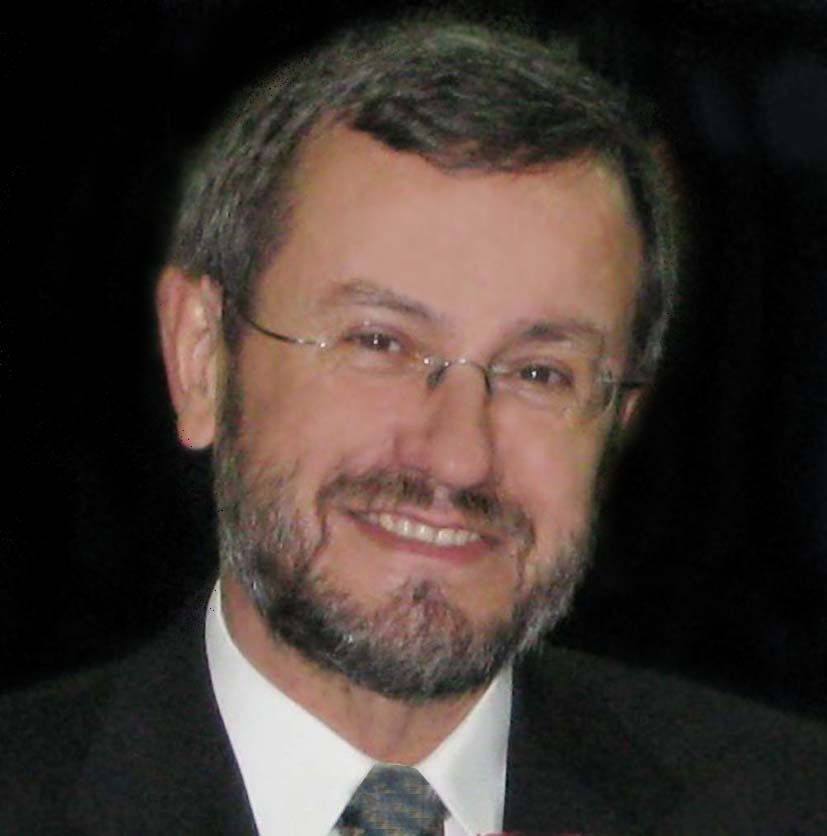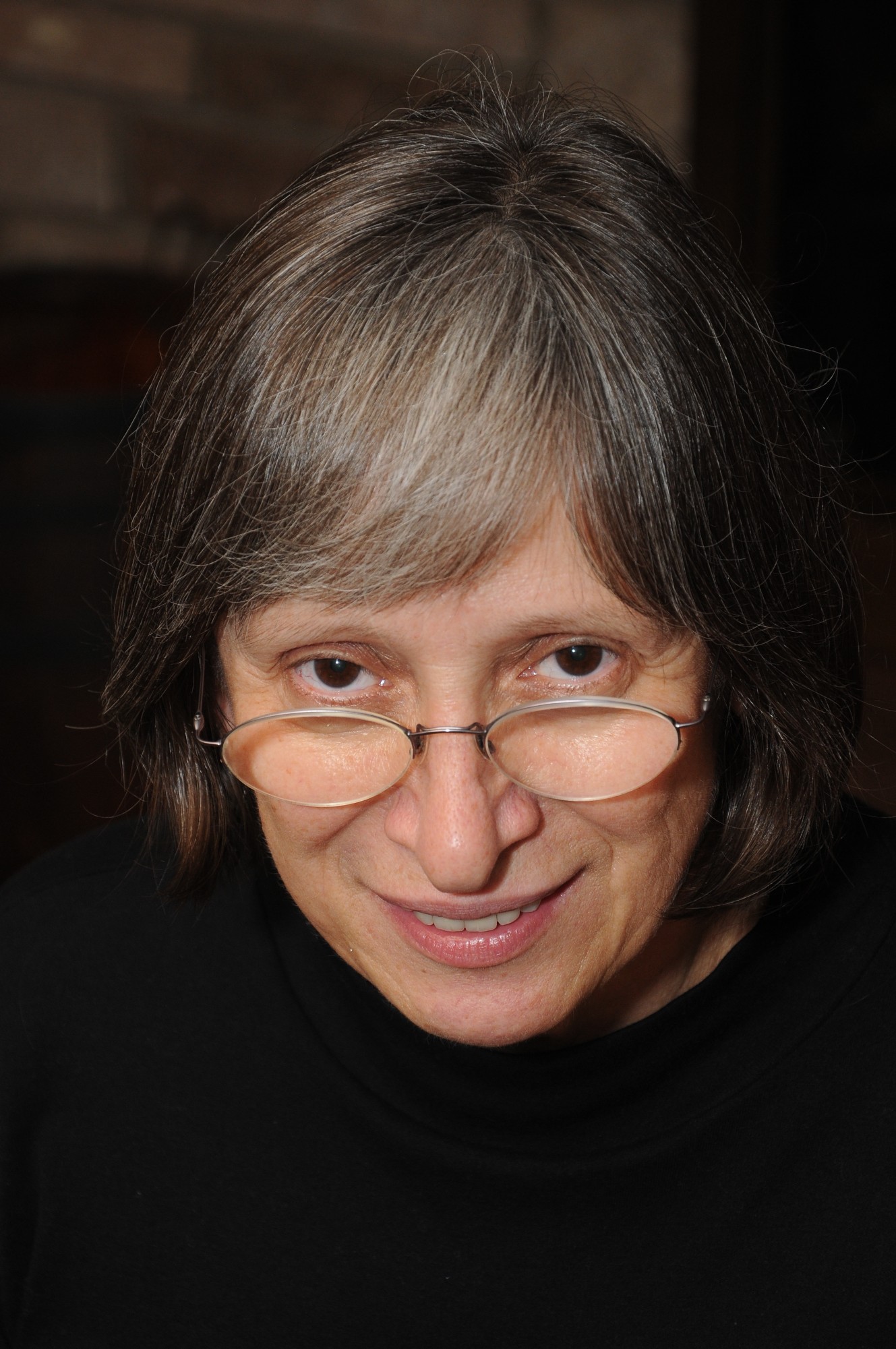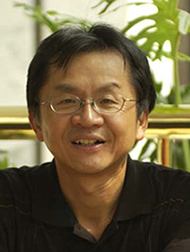Keynote Speeches
Professor Jhing-Fa Wang |
|
| Topic: | Orange Technology & Happiness Informatics |
| Abstract: |
The first ever World Happiness Report has been published recently by the United Nations, it reflects a new worldwide demand for more attention to happiness as criteria for government policy. This also calls upon science and technology in both natural and social domains to be developed for promoting a happy and healthy lifestyle in our modern society. To meet such a world trend, the Orange Technology research has been first proposed in National Cheng Kung University in Taiwan. The Orange Technology refers to a newly evolved interdisciplinary research area for integration and innovation of health, happiness, and care technologies. The research scope includes computer science, electrical engineering, biomedical engineering, psychological/physiological science, cognitive science, and social science. The representative color of Orange Technology originates from a harmonic fusion of red (representing brightness of health and happiness) and yellow (representing warming care). Instead of emphasizing the relations between environments and humans, as proposed by green technology, the objective of Orange Technology will explore the innovative technologies to bring more health, happiness, warming care, and more mental wellness to the society. So far, we have developed many new models for the Orange Technology such as the H2O model, 3D model of happiness, SEE-H methodology H-POS for service engineering and Happiness informatics for the detection, measurement and feedback of the happiness emotion. The Happiness Informatics Research is also newly proposed accompanying with Orange technology. It will first sense the happiness behavior of the human being to get the happiness signals such as EEG brain signals, smiling sound signals & smiling face images etc. Then the information technology such as pattern recognition technique will be applied to detect & measure the happiness degree of the behavior based on the input signals. Finally the system will give the suitable positive feedback to improve the happiness degree of the user. Several interesting examples will be demonstrated in this speech. |
| Biography: |
Prof. Jhing-Fa Wang is currently the President in Tajen University, Chair & Distinguished Professor in the Department of Electrical Engineering, National Cheng Kung University (NCKU). He got his bachelor and master degree from NCKU in Taiwan and Ph. D. from Stevens Institute of Technology USA in 1973, 1979 and 1983 respectively. He is the formal chair of IEEE Tainan Section in 2005-2009, the Coordinator of Section/Chapter, IEEE Region 10 in 2011-2012 & the Industry Liaison-Coordinater of IEEE Region 10 in 2009-2011. He was elected as IEEE Fellow in 1999 for his contribution on:"Hardware and Software Co-design on Speech Signal Processing", He was also the general Chair of ISCAS 2009. He received Outstanding Research Awards and Outstanding Researcher Award from National Science Council in 1990, 1995, 1997, and 2006 respectively. He also received Outstanding Industrial Awards from ACER and Institute of Information Industry and the Outstanding Professor Award from Chinese Engineer Association, Taiwan in 1991 and 1996 respectively. He also received the culture service award from Ministry of Education, Taiwan in 2008, Distinguished Scholar Award of KT Li from NCKU in 2009, IEEE Tainan Section Best Service Award in 2011 & Innovation Education Award in 2013 Seoul International Invention Fair. Prof. Wang was also invited to give the Keynote Speeches in PACLIC 12 in Singapore, 1998, UWN 2005 in Taipei, WirlessCom 2005 in Hawaii, IIH-MSP2006 in Pasadena, USA, ISM2007 in Taichung, PCM 2008 in Tainan, 2011 ICAST in Dalian, China, 2011 ICSPCC in Xi'an, China & Keer2012 in Penghu, Taiwan respectively. He also served as an associate editor on IEEE Transactions on Neural Network and IEEE Transactions on VLSI System and Editor in Chief on International Journal of Chinese Engineering from 1995 to 2000. Prof. Wang's research area is mainly on multimedia signal processing including speech signal processing, image processing, and VLSI system design. Concerning about the publication, he has published about one hundred & forty journal papers on IEEE, SIAM, IEICE, IEE and about three hundreds international conference papers since 1983. Prof. Wang recently has explored the research on Orange Technology. Orange Technology refers to a newly evolved interdisciplinary research area for integration and innovation of health, happiness, and care technologies. The objective of Orange Technology is to bring more health, happiness and warming care to the society. |
Professor Ioannis Pitas |
|
| Topic: | Intelligent Digital Media Analysis and Description |
| Abstract: |
Recent advances in technological equipment, like digital cameras, smart-phones, etc., have led to an increase of the available digital media, e.g., videos, captured every day. Moreover, the amount of data captured for professional media production (e.g., movies, special effects, etc) has dramatically increased and diversified using multiple sensors (e.g., 3D scanners, multi-view cameras, very high quality images, motion capture, etc), justifying the digital media analysis as a big data analysis problem. As expected, most of these data are acquired in order to describe human presence and activity and are exploited either for monitoring (visual surveillance and security) or for personal use and entertainment. Basic problems in human centered media analysis are face recognition, facial expression recognition and human activity recognition. According to YouTube statistics http://www.youtube.com/yt/press/statistics.html, 100 hours of video are uploaded by the users every minute. Such a data growth, as well as the importance of visual information in many applications, has necessitated the creation of methods capable of automatic processing and decision making when necessary. This is why a large amount of research has been devoted in the analysis and description of digital media in the last two decades. |
| Biography: |
Prof. Ioannis Pitas (IEEE fellow, IEEE Distinguished Lecturer, EURASIP fellow) received the Diploma and PhD degree in Electrical Engineering, both from the Aristotle University of Thessaloniki, Greece. Since 1994, he has been a Professor at the Department of Informatics of the same University. He served as a Visiting Professor at several Universities. His current interests are in the areas of image/video processing, intelligent digital media, machine learning, human centered interfaces, affective computing, computer vision, 3D imaging and biomedical imaging. He has published over 749 papers, contributed in 39 books in his areas of interest and edited or (co-)authored another 9 books. He has also been an invited speaker and/or member of the program committee of many scientific conferences and workshops. In the past he served as Associate Editor or co-Editor of eight international journals and General or Technical Chair of four international conferences (including ICIP2001). He participated in 68 R&D projects, primarily funded by the European Union and is/was principal investigator/researcher in 40 such projects. He has 17900+ citations (Source Publish and Perish), 6250+ (Scopus) to his work and h-index 64+ (Source Publish and Perish), 38+ (Scopus). |
Professor Ljiljana Trajkovic |
|
| Topic: | Analysis of Traffic Data in Communication Networks |
| Abstract: |
Understanding modern data communication networks such as the Internet involves collection and analysis of data collected from deployed networks. It also calls for development of various tools for analysis of such datasets. Collected traffic data are used for characterization and modeling of network traffic, analysis of Internet topologies, and prediction of network anomalies. |
| Biography: |
Ljiljana Trajkovic received the Dipl. Ing. degree from University of Pristina, Yugoslavia, in 1974, the M.Sc. degrees in electrical engineering and computer engineering from Syracuse University, Syracuse, NY, in 1979 and 1981, respectively, and the Ph.D. degree in electrical engineering from University of California at Los Angeles, in 1986. |
|
|
|
| Topic: | A New Learning Algorithm for a Fully Connected Fuzzy Inference System (F-CONFIS) with its Application for Computing Learning Capacity |
| Abstract: |
This talk discusses a new neural-fuzzy network architecture in which a traditional neuro-fuzzy system is transformed into an equivalent fully connected three layer neural network, namely, the Fully Connected Neuro-Fuzzy Inference Systems (F-CONFIS). The F-CONFIS differs from traditional neural networks by its dependent and repeated weights between input layer and hidden layer and can be considered as the variation of a kind of multilayer neural network. Therefore, an efficient learning algorithm for F-CONFIS to cope these repeated weights is derived. Furthermore, a dynamic learning rate is proposed for neuro-fuzzy systems via F-CONFIS where both premise (hidden) and consequent portions should be considered. Several simulation results indicate that the proposed approach achieves much better accuracy and fast convergence. In addition the bounded capacity for the learning for a fuzzy neural network via the proposed F-CONFIS and its applications will be discussed. |
| Biography: |
C. L. Philip Chen, Ph.D, FIEEE FAAAS. Dean and Chair Professor Faculty of Science and Technology, The University of Macau. Editor-in-Chief, IEEE Transactions on Systems, Man, and Cybernetics: Systems,2014 - ,http://www.ieeesmc.org/publications/index.html . Junior Past President, IEEE Systems, Man, and Cybernetics Society (2014-2015), http://www.ieee.org. |
